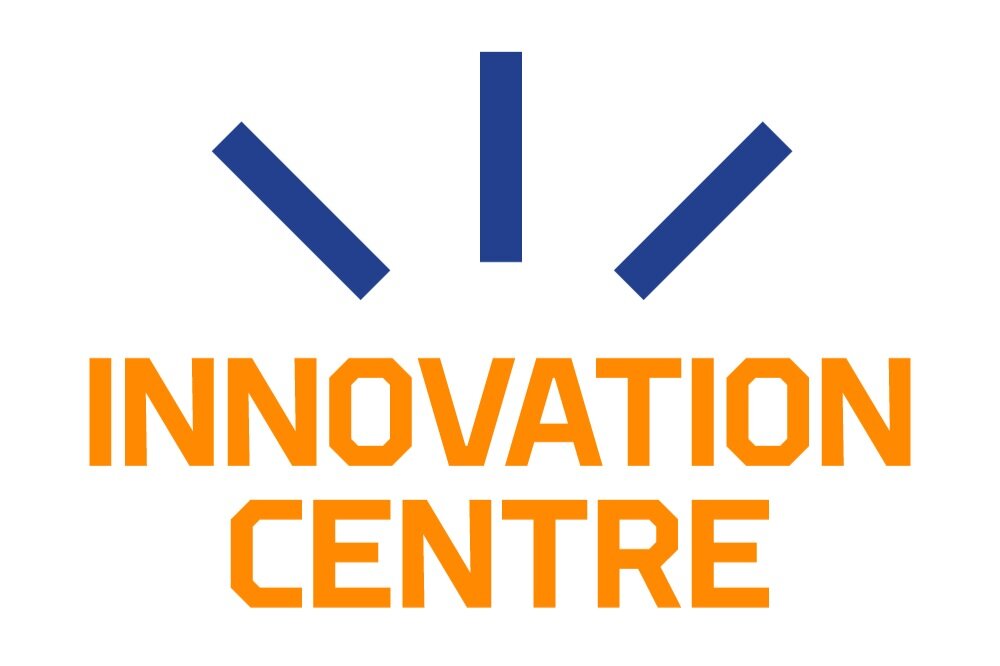How to create a good innovation project — even one of the best in Europe?
The Measurement Technology Unit's Smart Feed project has been shortlisted as one of the nominees for the European Innovation Award for EIP (European Innovation Partnership) projects in the category of animal welfare and husbandry. The selection put us in the top 1% of all implemented EIP projects and made us reflect on where we have succeeded. At the same time, we reflected more broadly on what it takes to build a good innovation project, meaning one that creates and develops a viable new innovation that is also accepted and adopted by end users.
The development work must have a genuine need behind it
Often university researchers in particular think that a good innovation must be a completely new insight, based on a long period of research. However, innovations, especially those that are quickly adopted, are often practical improvements to existing processes and products. Nevertheless, they can be brilliant insights, because often the idea behind a good innovation is clearly logical and easy to explain. Even the bystander understands why the innovation is needed and why it would work.
Nowadays, the feeding of cattle must be carefully optimised for productivity. The Smart Feed project developed a sampler that allows the farmer to sample silage while moving feed bales with bale gripper. We also developed a method to determine the dry matter (energy) content of silage in less than 10 minutes, and the RehuApp application, which allows the mix recipe for mixed feed to be modified daily after measurements and to use more than one batch of silage in a single feed mix.
A sampler attached to a bale grabber being tested on the Innovation Group's farm.
A wide range of expertise is needed
The development of an innovation will progress more quickly if the development team is integrated with experts from a number of different disciplines. The definition of the desired end product is then more precise at the beginning of the work. Similarly, feedback and refinements of the design during the development process will consider more perspectives. Once the innovation is completed, a broad team of experts will support the dissemination of information and efficiently find the necessary complementary expertise. Obviously, an end-user representative is a must in a good expert group.
For EIP projects, a multi-skilled innovation team is essential in terms of funding. At least two primary producers must be involved, in this case cattle farms. In our project, eight livestock farms, one metalworker, one software company, an agricultural advisory organisation and a veterinarian were involved in the development work.
The necessary cycle of piloting, feedback and re-engineering
No innovation is ready as a first prototype or service idea. If devices are developed, the durability of materials, price, comfort of use or power consumption, for example, may cause surprises and reasons for optimisation. The involvement of end-users is very helpful at this stage.
Mobile application software, like all computer software, needs to be carefully tested for possible programming errors. In our Smart Feed project, the sampler, the dry matter analysis method and the FeedApp were tested on several farms in the Innovation Group. The trial period per farm could be a few weeks. Students from two agricultural colleges also gave us their helping hand in the testing and troubleshooting of the application under supervision. Open feedback was collected from the farmers and a feedback form was provided to the group of experimenters. The form asked in detail about the ease of use and the smoothness of the application.
Even good innovations need marketing and communication
New commercial products often need massive advertising campaigns to spread. Similarly, innovations need to be actively communicated and marketed — if possible, from the early stages of development, but respecting the protection of Intellectual Property Rights (IPR). The target audience and the purpose of the communication may vary according to the stage of development, but in any case, the aim is to support the search for funding, piloting and cooperation opportunities. Marketing can also be used to generate feedback and other expressions of interest in the idea. These can tell you a lot about whether the work is on the right track.
In total, the results of the Smart Feed project have been presented at more than 30 events, in agricultural and machinery trade journals, newspapers and scientific publications. The project has also been featured in the European EIP-AGRI programme newsletter. What is more, it has been presented internationally at the AGRI Innovation Summit in France, at a farm data workshop, at a conference for European agricultural engineers and to several stakeholders in Brussels.
Partners broaden thinking and bring continuity to the work
The more diverse the backgrounds of partners, the more surprising the benefits they can bring. Partners who are aware of the development work will increase the chances of follow-up projects in this area.
The Smart Feed project cooperated with two EIP projects in Estonia. In the programme that emphasises co-development with primary producers, Smart Feed was the first project to involve cooperation between EIP groups from different countries. Naturally, we also involved farmers in the cooperation. This cooperation has been presented at several European events and we have also been invited to speak at the forthcoming EIP-AGRI flagship conference in Portugal.
The innovation team and some farmers from outside the team on a study and cooperation trip to Estonia.
The EIP-AGRI celebrates its 10th anniversary
This year marks the tenth anniversary of the EIP-AGRI programme. During this period, more than 3400 EIP projects have been implemented in various European countries. Thirty of them have been selected to compete in six different categories for the programme's Innovation Awards. Smart Feed is one of the five projects nominated for the Animal welfare and husbandry category. You can find out more about the nominees on the programme's website and perhaps vote for your favorite. The seventh award category is the public's favorite project.



